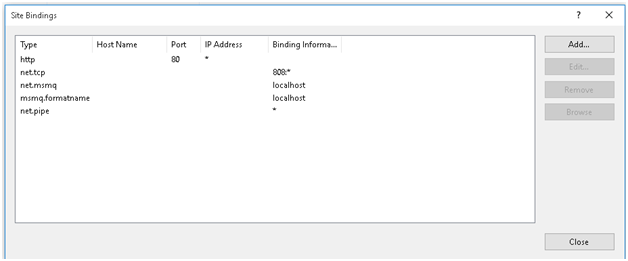XML Helper for convert class object/List to xml and xml to class object/List conversion
Hi friend's, today we are going to understand ubout XMl Helper for convert class object/List to xml and xml to class object/List convertion.
let's start with example,
Create class for EmployeeDetail
public class EmployeeDetails
{
[XmlAttribute]
public int EmployeeID { get; set; }
[XmlAttribute]
public string EmployeeName { get; set; }
[XmlAttribute]
public string EmailID { get; set; }
[XmlAttribute]
public List lstEmployeeDetails { get; set; }
}
Now, we have one class XMLHandler that contains two methods that make our work easy and clean.
- Method ConvertToXML for Generic code to convert Xml to class object or list.
- Method Convert for Generic code to convert class object or list to Xml.
public static class XMLHandler
{
public static T Convert(string inputString)
{
XmlSerializer serializer = new XmlSerializer(typeof(T), string.Empty);
MemoryStream memStream = new MemoryStream(Encoding.UTF8.GetBytes(inputString));
T resultingMessage = (T)(serializer.Deserialize(memStream));
return resultingMessage;
}
public static string ConvertToXML(T obj)
{
if (obj == null)
{
return string.Empty;
}
XmlSerializer serializer = new XmlSerializer(typeof(T));
StringWriter sww = new StringWriter();
using (XmlWriter writer = XmlWriter.Create(sww))
{
serializer.Serialize(writer, obj);
return sww.ToString().Replace("", "").Replace(" xmlns:xsi=\"http://www.w3.org/2001/XMLSchema-instance\" xmlns:xsd=\"http://www.w3.org/2001/XMLSchema\"", ""); // Your XML
}
}
}
To convert List to xml:
Now we will create instance for EmployeeDetails
EmployeeDetails objEmployeeDetails = new EmployeeDetails();
string xml = XMLHandler
- >.ConvertToXML(objEmployeeDetails. lstEmployeeDetails);
It will return xml as below Figure,
So, that's all guys i hope these will help you to create xml using object/class.
please share this blog if this helpful you. https://dotnetupdatedtechnology.blogspot.com/
So, that's all guys i hope these will help you to create xml using object/class.
please share this blog if this helpful you. https://dotnetupdatedtechnology.blogspot.com/


























